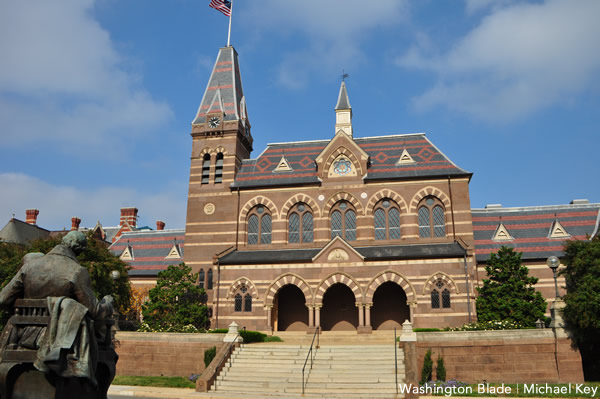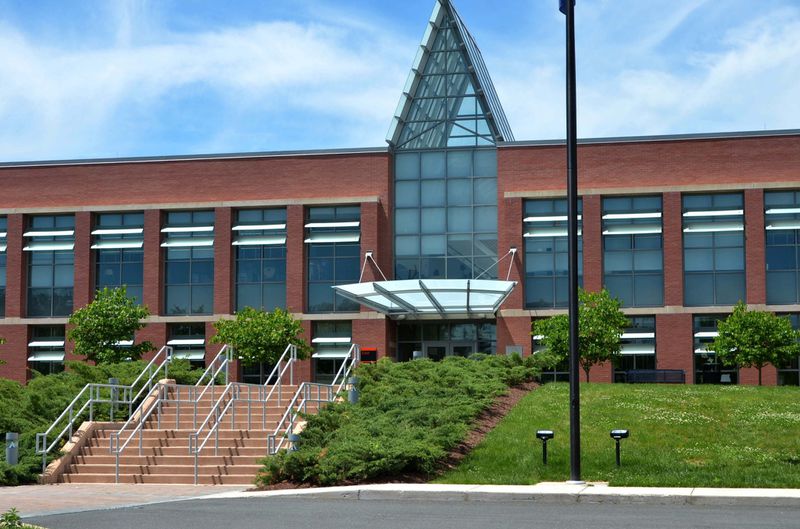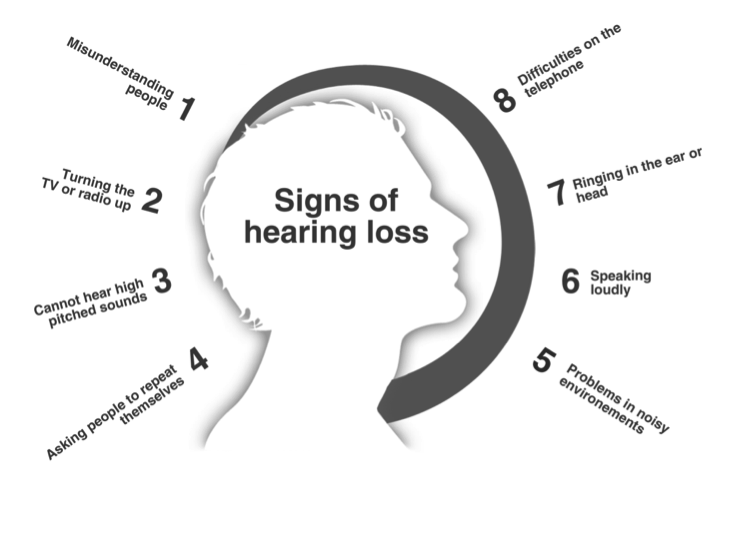Why Celebrate Deaf History Month?
National Deaf History Month, which runs from March 13 to April 15, celebrates deaf history and promotes awareness of American deaf culture. The celebration spans two calendar months.
It seems weird Deaf History Month begins in the middle of March and ends in the center of April. Why start and end a celebration in the middle of two months? The reason is clear. Deaf History Month celebrates three key moments in American History for the Deaf community.

the deaf and hard of hearing.
On March 13, 1988 Gallaudet University, the only university in the world that caters to the deaf and hard of hearing, selected a new president. It was decided that another hearing person would lead the college as its seventh president. The student body, backed by a supportive faculty and alumni, protested. They wanted their president to be Deaf like them. After marches, sit-ins, and a lot of media attention the protest ended when I. King Jordan, a Deaf educator, was appointed as president of Gallaudet University. The issue was important because it showed that deaf people could function as well as hearing people in society. Jordan said, “Deaf people can do anything hearing people can do except hear.”
The second pivotal moment occurred on April 8, 1864 when President Abraham Lincoln signed the charter creating Gallaudet University. Named after Thomas Hopkins Gallaudet, a deaf educator, Gallaudet University was chartered to educate both deaf and blind children in Washington D.C., our nation’s capital. Over time it became the first school for the advanced education of the deaf and hard of hearing in the world. Today Gallaudet University is the only college on the planet where American Sign Language (ASL) is the dominant language on campus.

The culmination of Deaf History Month, April 15 celebrates the establishment of the American School for the Deaf (ASD) in Hartford, Connecticut on April 15, 1817. Founded by Thomas Hopkins Gallaudet and Laurent Clerc, the ASD became the oldest permanent school for the deaf in the United States and is the home of ASL. The school still operates today.
It is interesting to note that Gallaudet traveled all the way to France to find Laurent Clerc. Clerc returned to the Connecticut with Gallaudet with the intention of teaching his newly acquired students French Sign Language. It is from his work that American Sign Language evolved.
The goal of Deaf History Month is to reach out to the deaf community and the community at large to increase awareness of the rich history of the deaf and their contributions to our American dream.
Here are a few interesting deaf Americans:

Juliette Gordon Low, founder of the Girl Scouts of America, dealt with severe hearing loss throughout her life. At age 29, a grain of rice thrown at her wedding punctured her eardrum and caused her to go deaf in one ear. However, Juliette never let her hearing loss slow her down, and founded the Girl Scouts in 1912.
One of the most famous and prolific inventors of all time, Thomas Alva Edison invented the incandescent light bulb, the phonograph, the motion picture camera, as well as improving the telegraph and telephone. In his 84 years, he acquired an astounding 1,093 patents. Edison lost almost all his hearing when he was twelve years old. There are several theories as to what caused his hearing loss. Some attribute it to the aftereffects of scarlet fever which he had as a child. Others blame it on a conductor boxing his ears after Edison caused a fire in the baggage car.
Deanne Bray was the first Deaf actress to star in a television series created around her lead role as “Sue Thomas: F.B.Eye.” Bray played a deaf FBI employee based on a real-life person who worked for the FBI, aided by her hearing dog Levi. She is married to Deaf actor, director Troy Kotsur.

Helen Keller was a deaf-blind author, political activist, and lecturer. She was the first deaf-blind person to earn a Bachelor of Arts degree. Her education and training was an extraordinary accomplishment for the deaf-blind community.
To help celebrate Deaf History Month, learn more about Deaf Culture and the emotional torment of hearing loss by reading Goodbye Tchaikovsky, the story of a deaf violinist written by Deaf writer, Michael Thal.
Key words: special learning needs, social issues, American Sign Language, deaf, education and schools




There certainly is a lot about deaf history that I learned from this article.